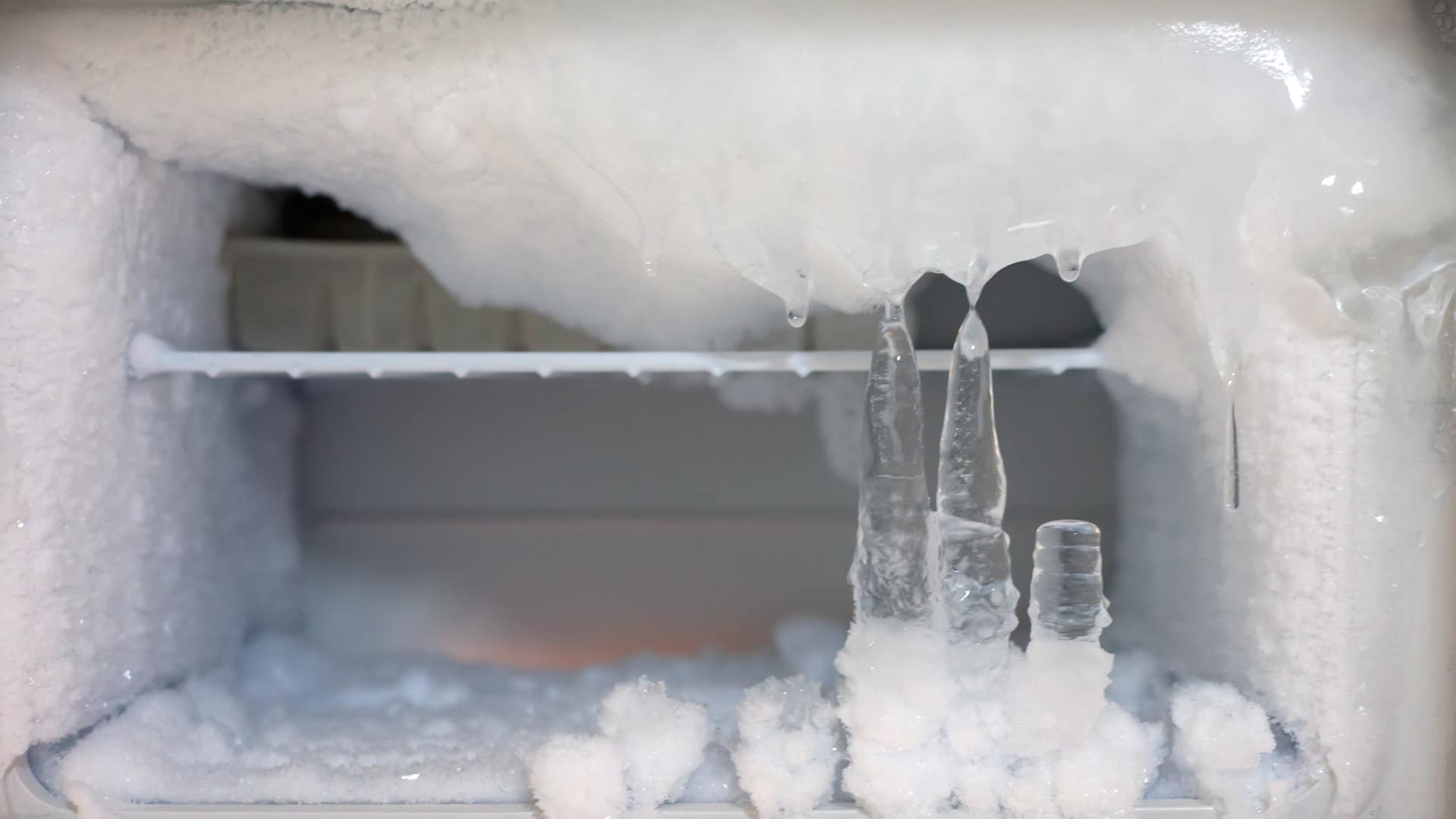

Articles
How To Quickly Defrost A Freezer
Modified: April 23, 2024
Learn the most efficient methods to defrost your freezer quickly and easily with our helpful articles. Make your freezer maintenance hassle-free now!
(Many of the links in this article redirect to a specific reviewed product. Your purchase of these products through affiliate links helps to generate commission for Storables.com, at no extra cost. Learn more)
Introduction
Welcome to our guide on how to quickly defrost a freezer. If you’ve ever opened your freezer door and noticed a thick layer of ice covering the walls or your frozen goods, it’s a clear sign that your freezer is in desperate need of defrosting.
Why is defrosting your freezer important? Well, over time, ice buildup can hinder the efficiency of your freezer, making it work harder to maintain the desired temperature. This can result in increased energy consumption and higher electricity bills. Additionally, a freezer with excessive ice buildup may have limited storage space, making it difficult to organize and access your frozen foods.
Luckily, defrosting your freezer doesn’t have to be a daunting task. With the right tools and a little bit of know-how, you can quickly and efficiently remove that pesky ice and get your freezer back in top-notch condition.
In this guide, we will walk you through a step-by-step process to defrost your freezer in no time. We will also share some precautions to keep in mind and provide you with tips to maintain a frost-free freezer in the future.
So, let’s get started and say goodbye to that icy buildup in your freezer!
Key Takeaways:
- Regularly defrosting your freezer is crucial to maintaining its efficiency, maximizing storage space, and ensuring the quality and safety of your frozen food. It also helps reduce energy consumption and prevent unpleasant odors.
- Organizing your freezer, avoiding overloading, sealing food tightly, and performing routine maintenance are key to maintaining a frost-free freezer. These practices help preserve the quality and flavor of your frozen food and prolong the lifespan of your appliance.
Read more: When To Defrost A Freezer
Why Do You Need to Defrost Your Freezer?
Defrosting your freezer is an essential maintenance task that should be performed regularly. Here are a few reasons why you need to defrost your freezer:
- Prevent ice buildup: Over time, moisture in the air can freeze and accumulate on the walls and coils of your freezer, leading to a thick layer of ice. This ice buildup can restrict airflow and reduce the efficiency of your appliance. By defrosting your freezer, you can ensure optimal performance and prevent excessive ice formation.
- Improve energy efficiency: When ice forms on the walls and coils of your freezer, it acts as an insulator, making it harder for your appliance to maintain the desired temperature. As a result, your freezer has to work harder and consume more energy to keep your food frozen. Defrosting your freezer helps remove that insulating layer of ice and allows it to operate more efficiently, reducing energy consumption.
- Maximize storage space: Ice buildup takes up valuable space in your freezer, reducing its capacity and limiting your ability to organize and store food. By defrosting your freezer, you can reclaim that lost space and maximize the storage capacity, ensuring you have enough room for all your frozen items.
- Prevent unpleasant odors: Over time, trapped food particles and moisture in the ice can lead to unpleasant odors in your freezer. By regularly defrosting and cleaning your freezer, you can eliminate these odors and maintain a fresh and clean environment for your frozen food.
Regularly defrosting your freezer not only improves its efficiency and prolongs its lifespan but also ensures the quality and safety of your frozen food. With a well-maintained freezer, you can enjoy the convenience of easy access to your frozen items and peace of mind knowing that your food is stored in optimal conditions.
Tools and Materials You’ll Need
Before you start defrosting your freezer, it’s important to gather the necessary tools and materials. Here’s a list of what you’ll need:
- Large containers: You’ll need a couple of large containers to store the food from your freezer while it defrosts. Make sure the containers are clean and have lids to prevent any spills or contamination.
- Old towels or rags: Defrosting a freezer can be a messy process, so have some old towels or rags handy to soak up any water that may escape during the defrosting process.
- Plastic scraper: A plastic scraper or spatula will come in handy to gently scrape away any stubborn ice from the walls or coils of your freezer. Avoid using metal utensils, as they can damage the surfaces.
- Bucket or basin: Keep a bucket or basin nearby to collect the water as the ice melts. This will prevent water from dripping onto the floor and creating a mess.
- Mild detergent or vinegar solution: After defrosting your freezer, you’ll want to give it a thorough cleaning. Prepare a solution of mild detergent or vinegar mixed with water to wipe down the interior of the freezer and remove any lingering odors.
- Cloth or sponge: Use a soft cloth or sponge to clean the interior of the freezer with the detergent or vinegar solution. Avoid using abrasive materials that can scratch the surfaces.
- Optional: Hairdryer or fan: If you’re looking for a quicker defrosting method, you can use a hairdryer or a fan to speed up the process. These tools can help melt the ice faster, but be cautious not to expose them to water.
Having these tools and materials ready before you start defrosting will make the process much smoother and more efficient. It’s important to ensure you have everything you need to avoid interruptions and delays during the defrosting process.
Step-by-Step Guide to Quickly Defrosting Your Freezer
Now that you have gathered all the necessary tools and materials, it’s time to start defrosting your freezer. Follow these steps for a quick and efficient defrosting process:
- Prepare the freezer: Start by turning off and unplugging your freezer. Empty out all the food items and transfer them to the large containers you prepared earlier. Place the containers in another freezer or a cool spot to keep the food from spoiling.
- Accelerate the defrosting process (optional): If you’re looking to speed up the defrosting process, you can use a hairdryer or a fan. Direct the warm air towards the ice buildup to help melt it faster. Be careful not to expose the electrical appliances to water.
- Remove the ice: Once the ice has started to melt, you can gently scrape it away using a plastic scraper or spatula. Start from the walls and work your way towards the center, being careful not to damage the surfaces. Collect the ice in a bucket or basin as you go.
- Clean the freezer interior: Once all the ice has been removed, you can clean the interior of the freezer. Mix a mild detergent or vinegar solution with water and use a cloth or sponge to wipe down the walls, shelves, and other surfaces. Pay close attention to any stains or odors and make sure to thoroughly rinse and dry the freezer afterward.
- Dry and reassemble: After cleaning, dry all the surfaces of the freezer using old towels or rags. Once everything is dry, you can plug the freezer back in and turn it on. Allow it to cool down for a few minutes before returning the food items back into the freezer.
- Monitor and maintain: Regularly check your freezer for any signs of ice buildup. If you notice any excessive frost, be sure to defrost it again following the same steps to prevent ice from accumulating.
By following these steps, you can quickly and effectively defrost your freezer, restoring its efficiency and maximizing its storage capacity. Remember to prioritize safety and cleanliness throughout the process.
To quickly defrost a freezer, turn it off, remove all food and place towels inside to absorb melting ice. Use a hairdryer or hot water to speed up the process.
Precautions to Keep in Mind
While defrosting your freezer is a relatively straightforward task, it’s important to keep a few precautions in mind to ensure your safety and the integrity of your appliance. Here are some precautions to follow:
- Avoid using sharp objects: When removing the ice buildup, refrain from using sharp objects like knives or ice picks. These can damage the walls and coils of your freezer, leading to costly repairs.
- Be cautious with electrical appliances: If you decide to speed up the defrosting process with a hairdryer or a fan, make sure to keep them away from water sources. Water and electricity can be a dangerous combination.
- Do not force the ice: If you encounter stubborn ice that won’t easily come off, avoid using excessive force to remove it. This can cause damage to your freezer. Instead, let it continue melting naturally or use a plastic scraper to gently loosen it.
- Keep food at a safe temperature: While the defrosting process is underway, make sure to keep your perishable food in a cool location, such as another freezer or a cooler with ice packs. This will prevent it from reaching unsafe temperatures and spoiling.
- Allow time for proper drying: Before turning your freezer back on, make sure all surfaces are thoroughly dry. Moisture inside the freezer can lead to frost formation and impair its performance.
- Maintain good hygiene practices: When cleaning the interior of your freezer, use mild detergents or vinegar solutions and rinse them off completely to avoid leaving any residue that could impact the taste or smell of your food. Also, wash your hands thoroughly before handling any food items.
- Follow manufacturer’s instructions: Every freezer may have specific instructions for defrosting, so it’s essential to consult your user manual. It may provide additional guidance or precautions specific to your appliance.
By taking these precautions into consideration, you can ensure a safe and successful defrosting process for your freezer. Remember, a little care and attention can go a long way in maintaining the functionality and longevity of your appliance.
Read more: How To Defrost A Chest Freezer
Tips for Maintaining a Frost-Free Freezer
Once you have successfully defrosted your freezer, you’ll want to keep it frost-free for as long as possible. Here are some tips to help you maintain a frost-free freezer:
- Organize your freezer: Proper organization is key to maintaining a frost-free freezer. Arrange your frozen food in a way that allows for proper airflow and easy access. Use labeled storage containers or freezer bags to maximize space and keep items organized.
- Avoid overloading: While it can be tempting to stock your freezer to the brim, overloading can restrict airflow and cause frost buildup. Be mindful of the recommended capacity of your freezer and avoid overcrowding it.
- Seal food tightly: Make sure all food items are properly sealed to prevent moisture from escaping and accumulating as frost. Use airtight containers or freezer bags and remove as much air as possible before sealing.
- Check door seals: Regularly inspect the door seals for any signs of damage or wear. Damaged seals can allow warm air to enter the freezer, leading to frost formation. If you notice any issues, replace the seals to maintain a tight seal.
- Avoid temperature fluctuations: Fluctuations in temperature can contribute to frost buildup. Minimize opening the freezer door frequently, and avoid placing hot or warm items directly into the freezer. Allow them to cool down to room temperature before freezing.
- Regularly defrost and clean: To prevent excessive ice buildup, aim to defrost your freezer at least once every six months or whenever you notice a significant amount of frost. Additionally, regularly clean the interior of your freezer to prevent food residue from causing odors and attracting pests.
- Maintain ideal temperature: Keep your freezer set at the recommended temperature, usually around 0°F (-18°C). Freezing food at the correct temperature helps prevent the formation of ice crystals and keeps your frozen goods in optimal condition.
- Perform routine maintenance: Every few months, inspect the coils and vents in your freezer for any dust or debris buildup. Vacuum or wipe down these areas to ensure proper airflow and prevent frost accumulation.
By following these tips, you can minimize frost buildup and maintain a frost-free freezer. A well-maintained freezer not only ensures the longevity of your appliance but also helps preserve the quality and flavor of your frozen food.
Conclusion
Congratulations! You have successfully learned how to quickly defrost a freezer. By defrosting your freezer regularly and following the steps outlined in this guide, you can ensure that your appliance operates efficiently, maximizes storage space, and keeps your frozen food in optimal condition.
Remember, proper maintenance and organization are key to keeping your freezer frost-free. Take the time to organize your frozen items, seal them tightly, and avoid overloading your freezer. Regularly check and clean the door seals, monitor temperature fluctuations, and perform routine maintenance to keep your appliance in top shape.
By following the precautions and tips provided, you can maintain a frost-free freezer and enjoy the convenience of easy access to your frozen goods. Not only will this save you time and energy, but it will also help prolong the lifespan of your appliance and reduce your electricity bills.
So, say goodbye to that stubborn ice and hello to a more efficient and organized freezer. Taking the time to defrost and maintain your freezer is a small investment that will pay off in the long run. Keep your freezer frost-free and enjoy hassle-free frozen food storage!
Frequently Asked Questions about How To Quickly Defrost A Freezer
Was this page helpful?
At Storables.com, we guarantee accurate and reliable information. Our content, validated by Expert Board Contributors, is crafted following stringent Editorial Policies. We're committed to providing you with well-researched, expert-backed insights for all your informational needs.
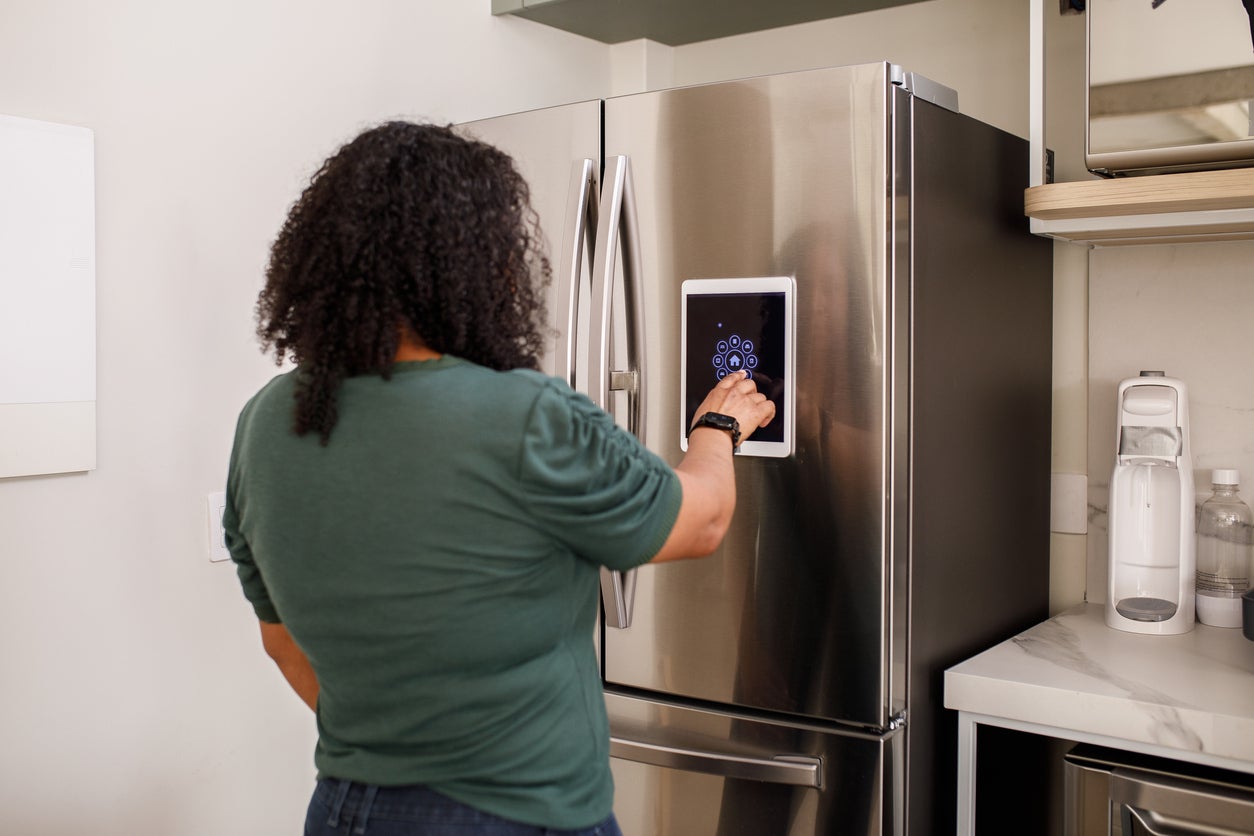
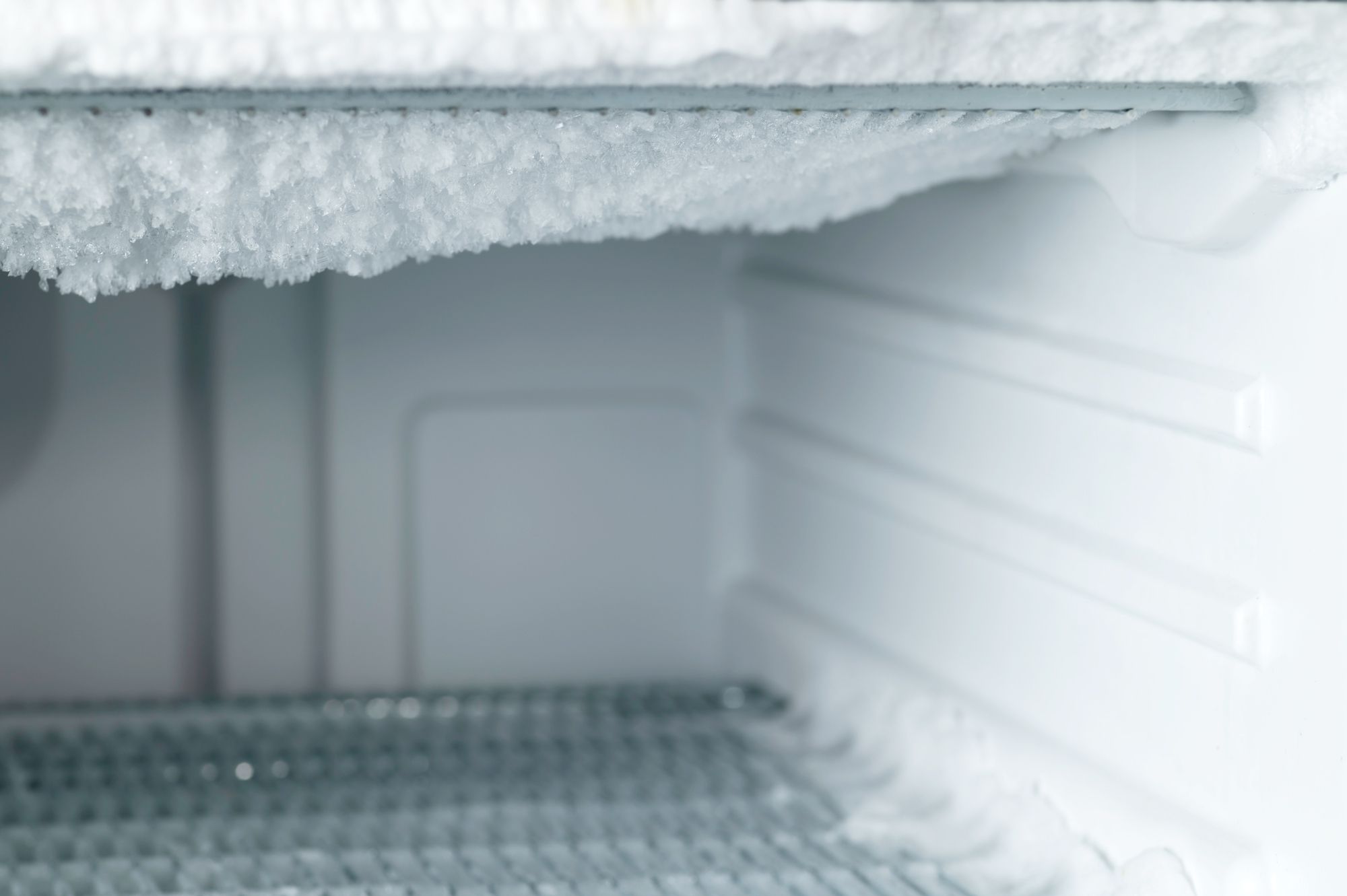
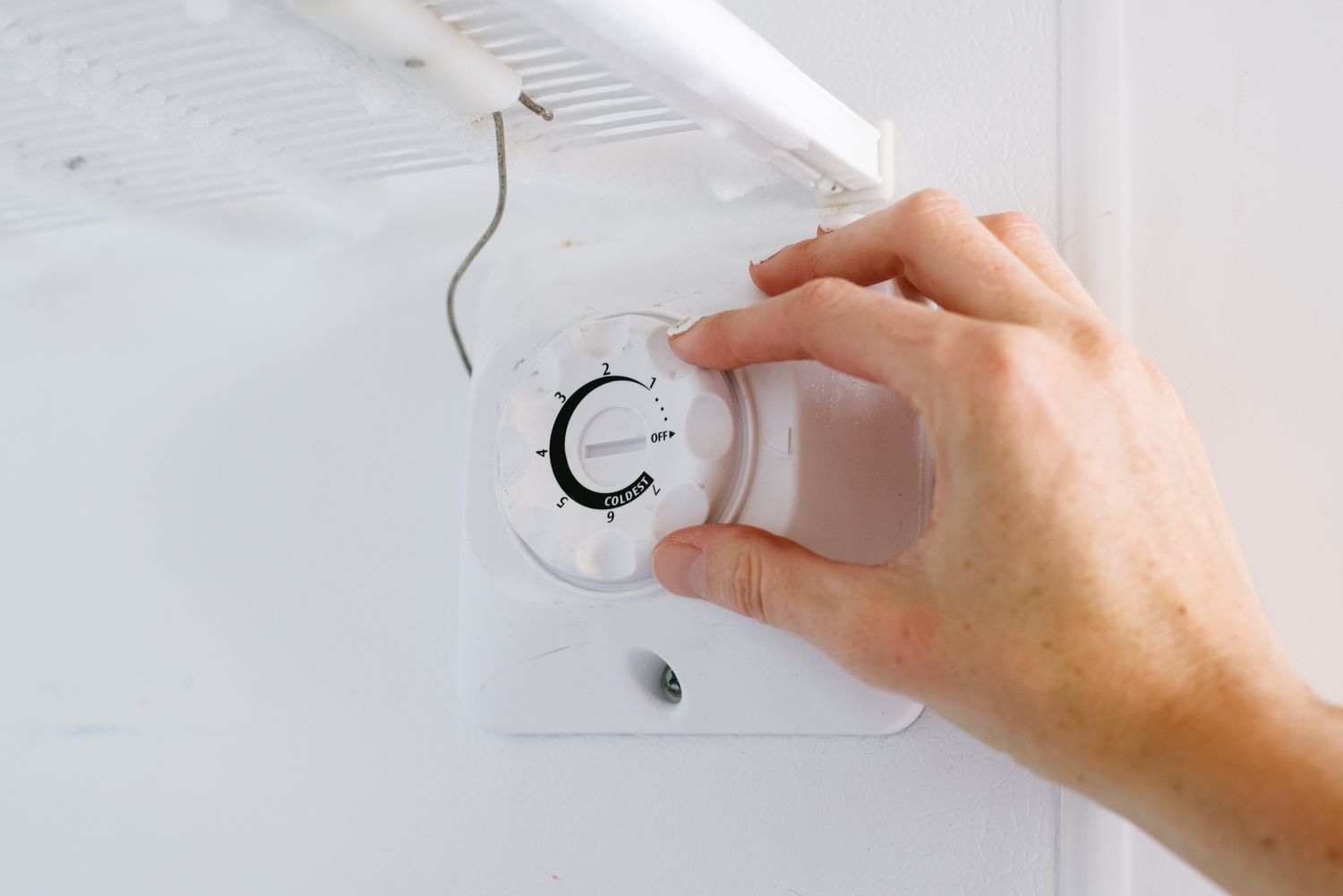
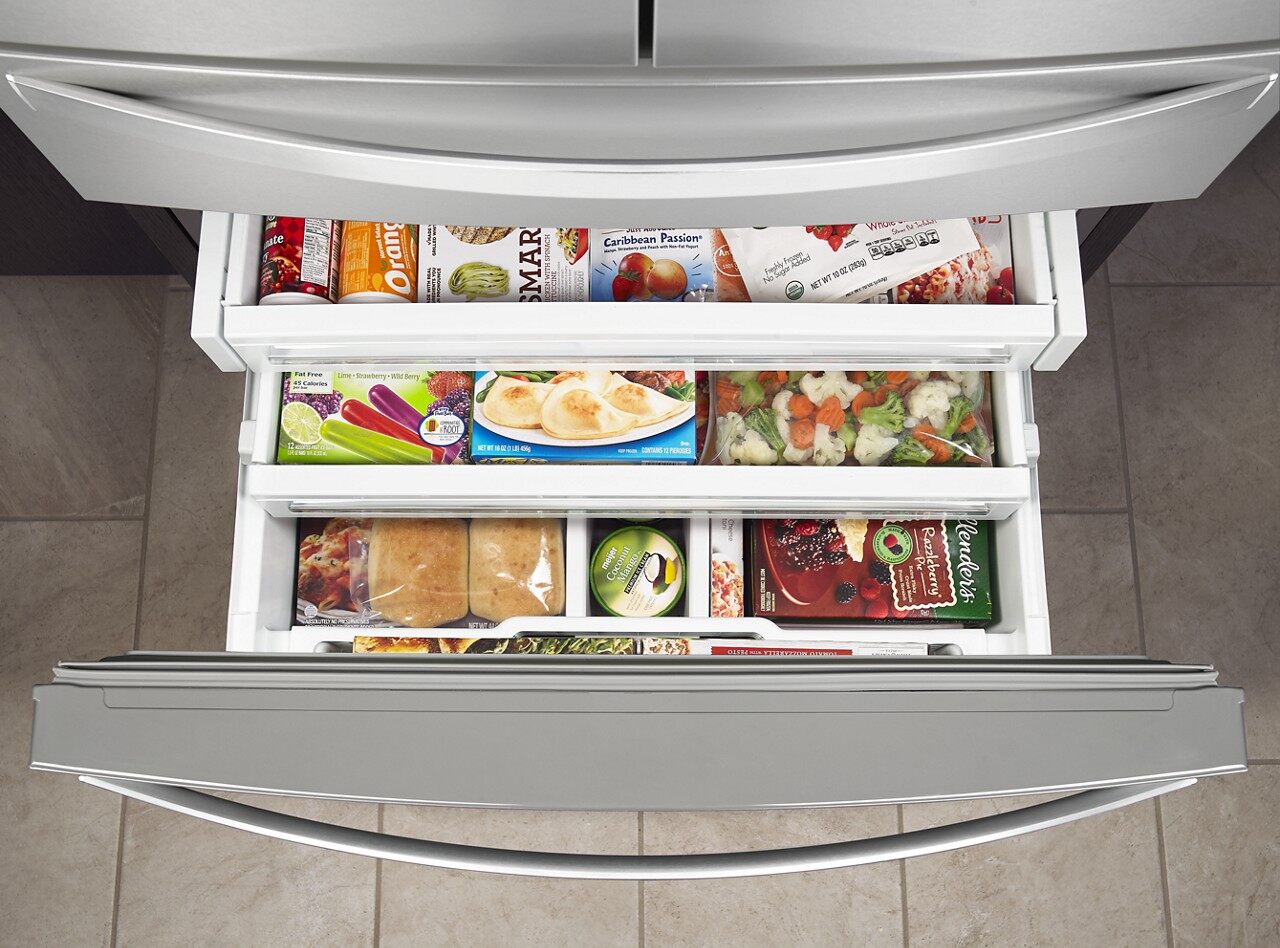
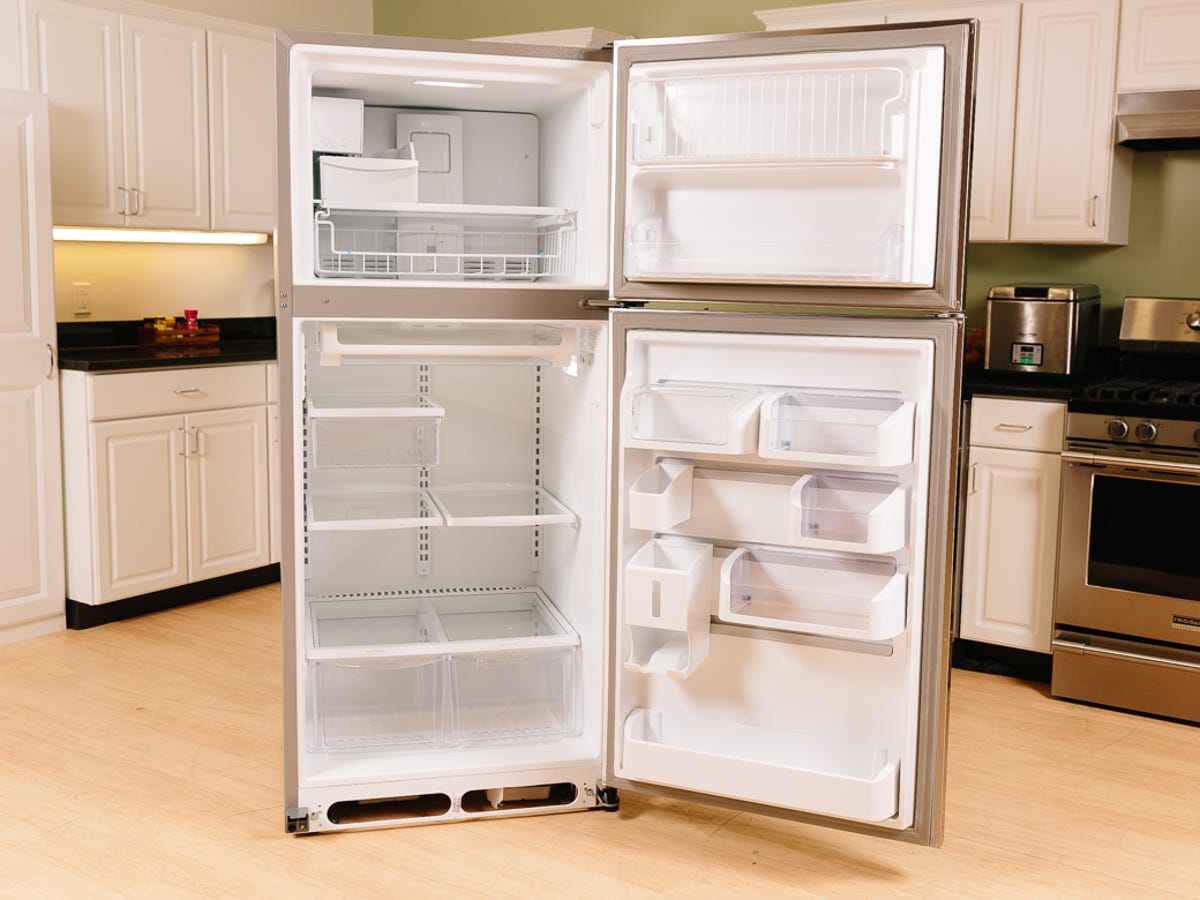
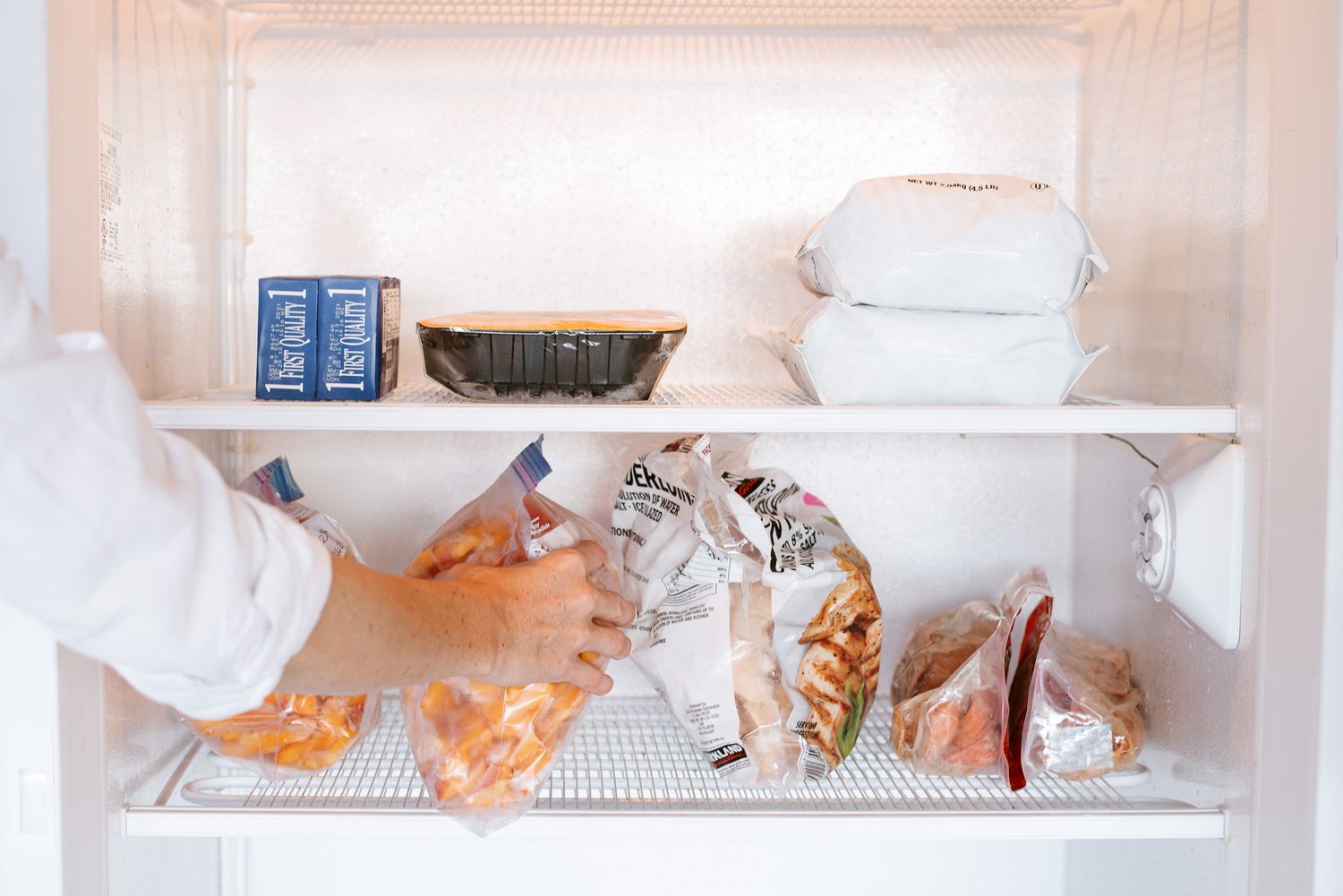
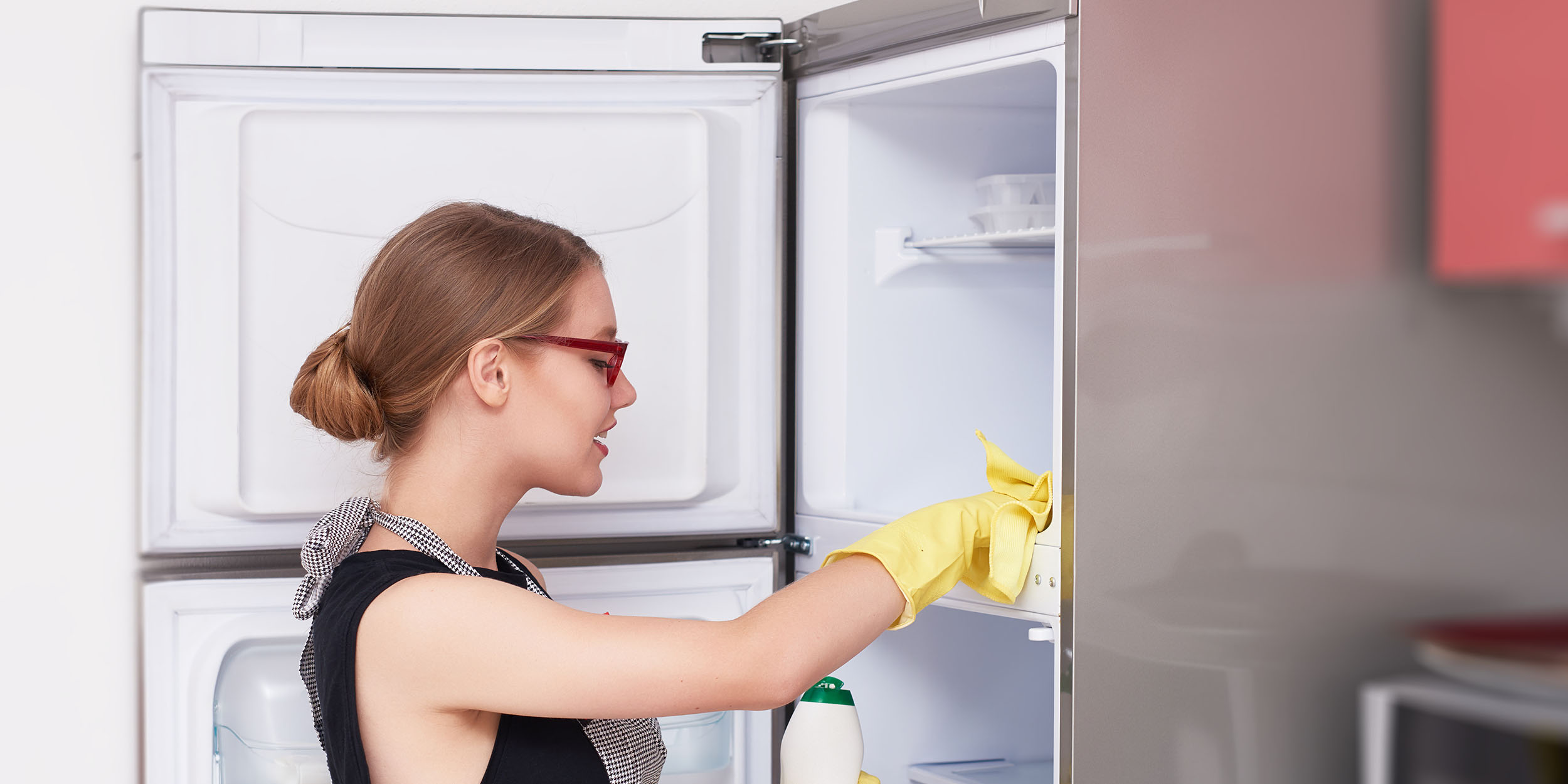
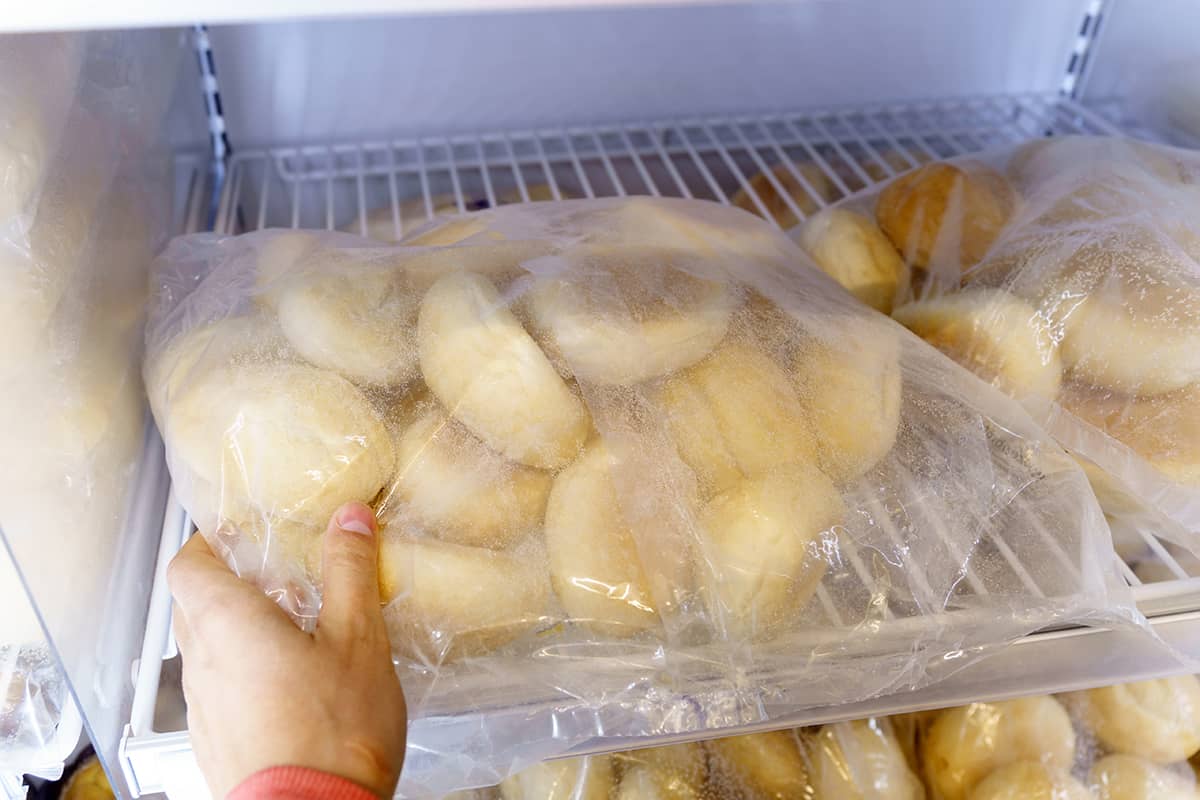
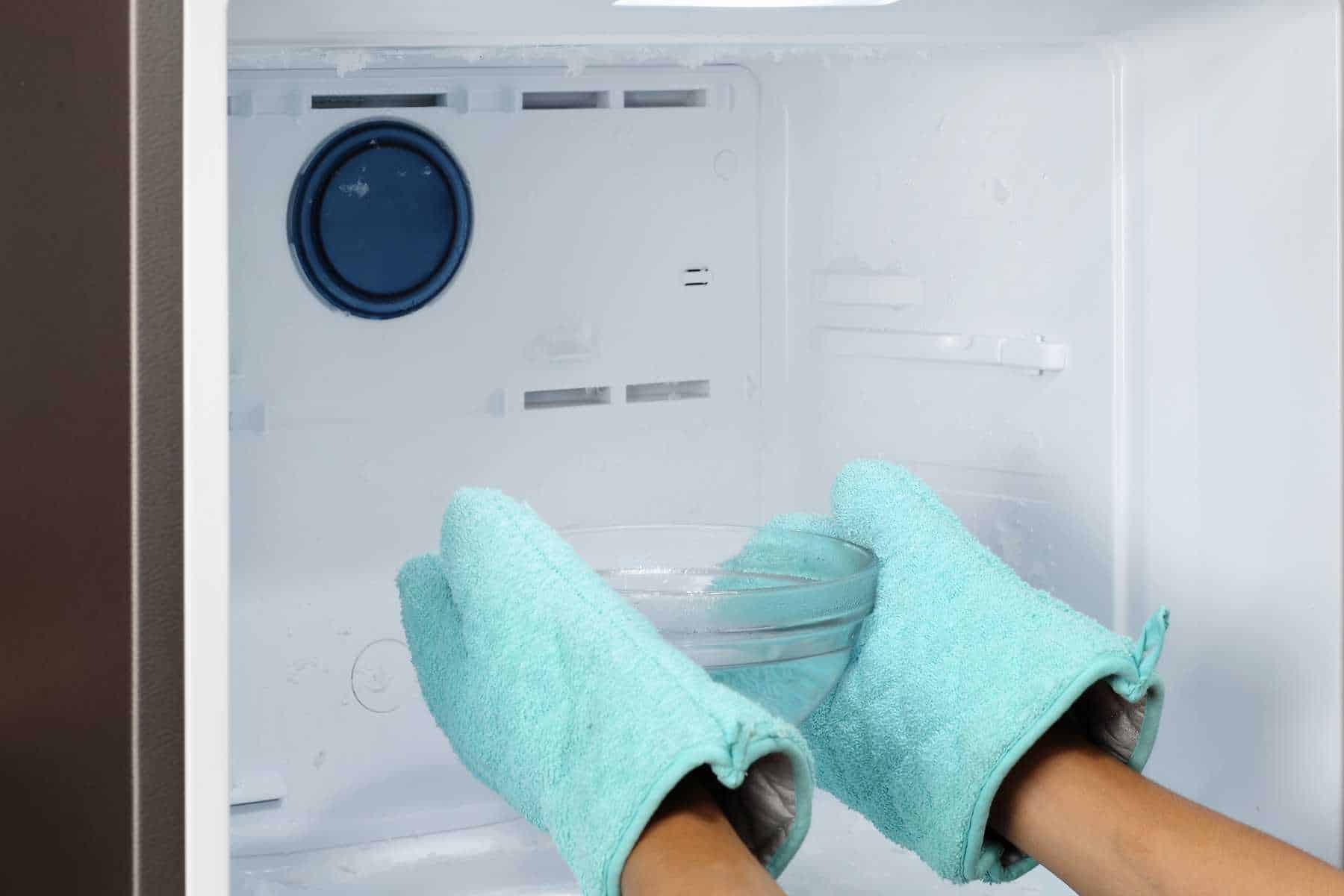
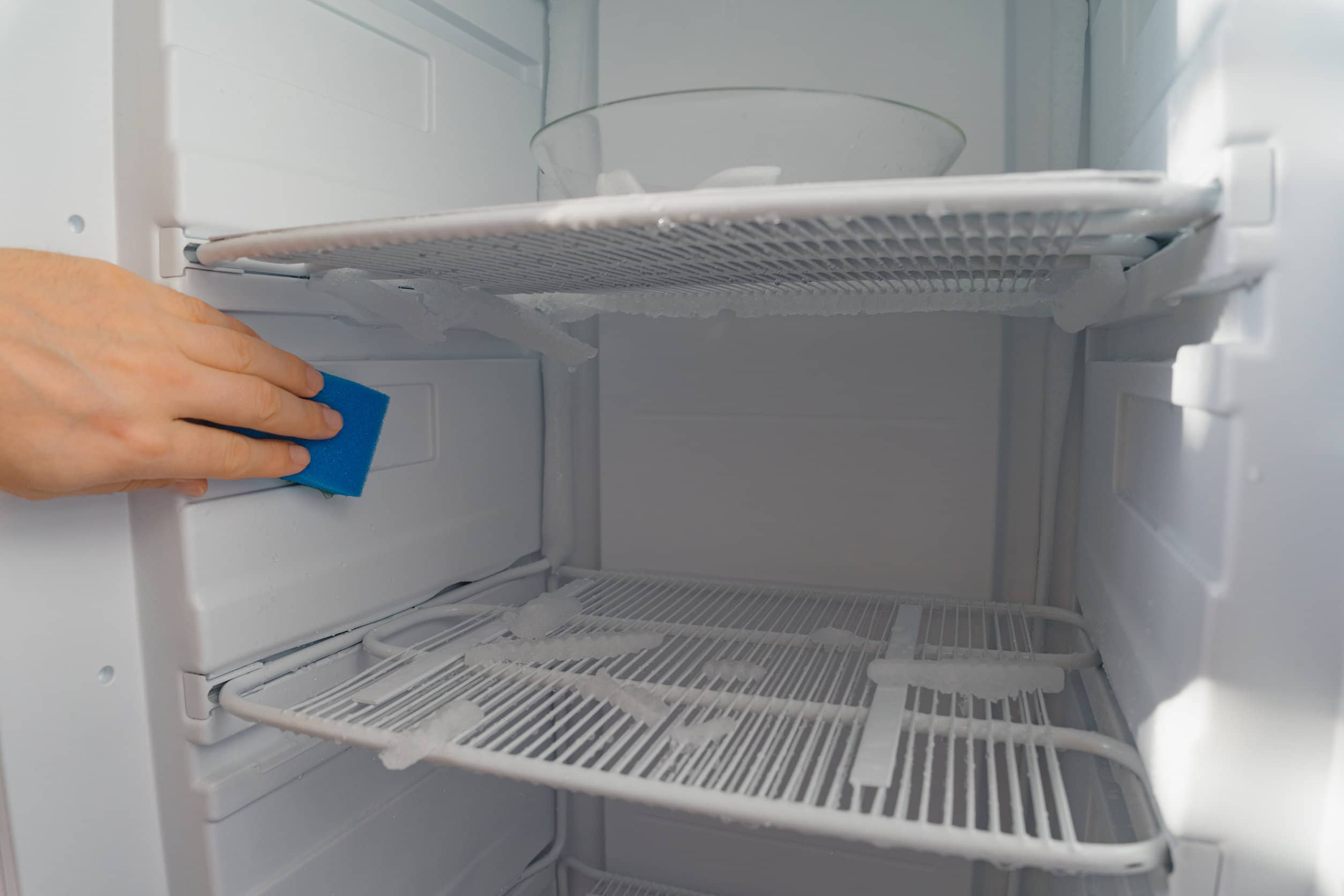
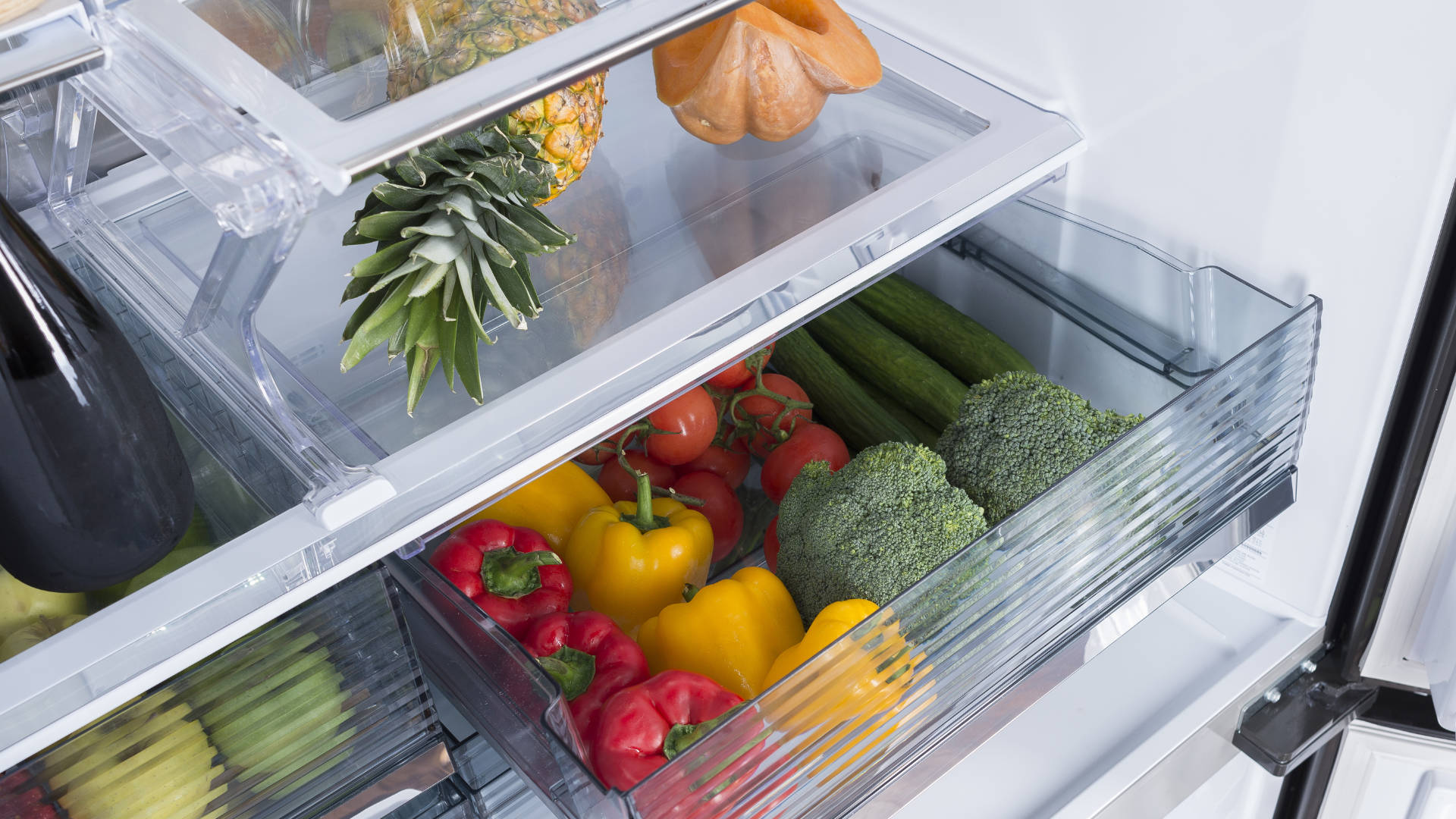
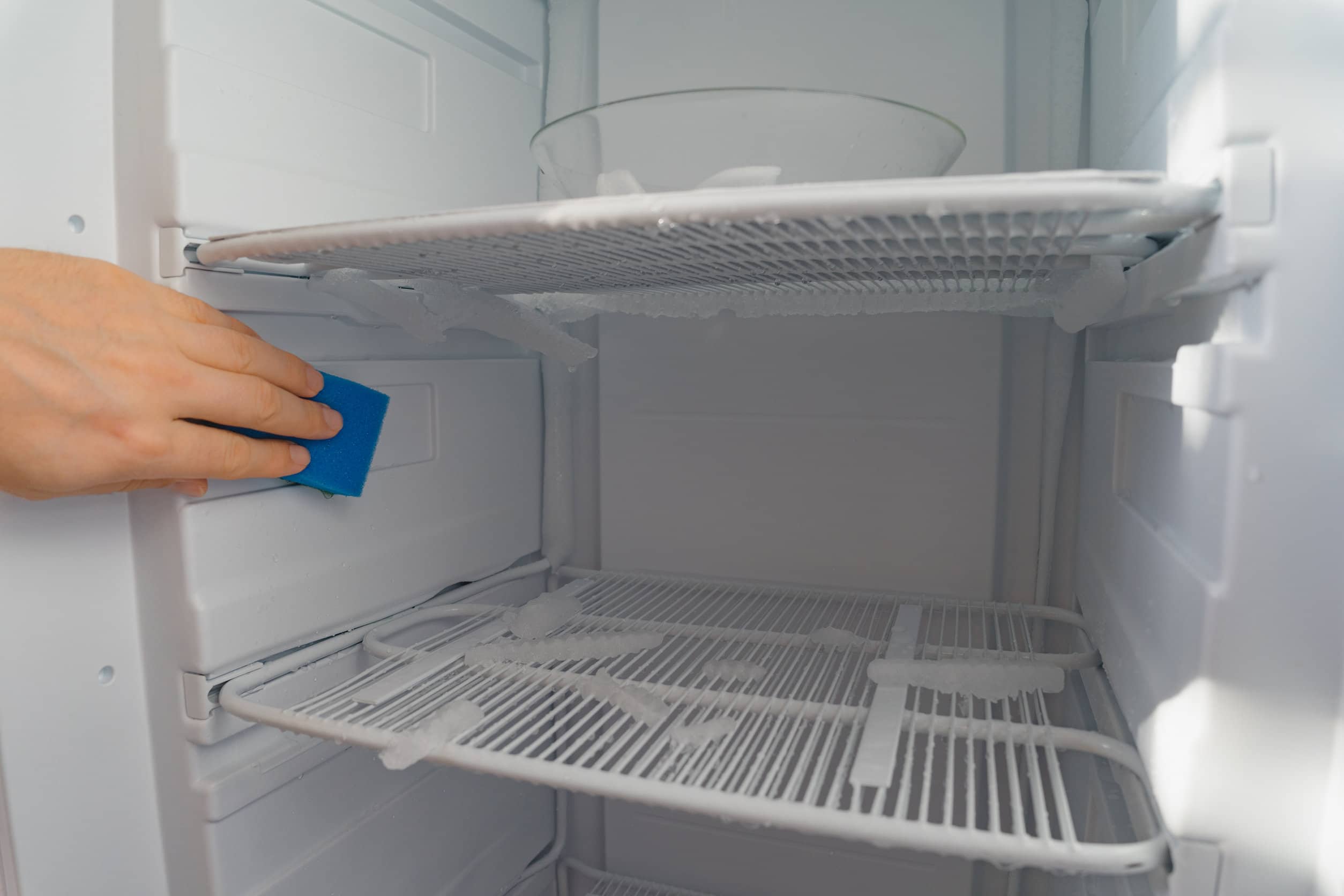
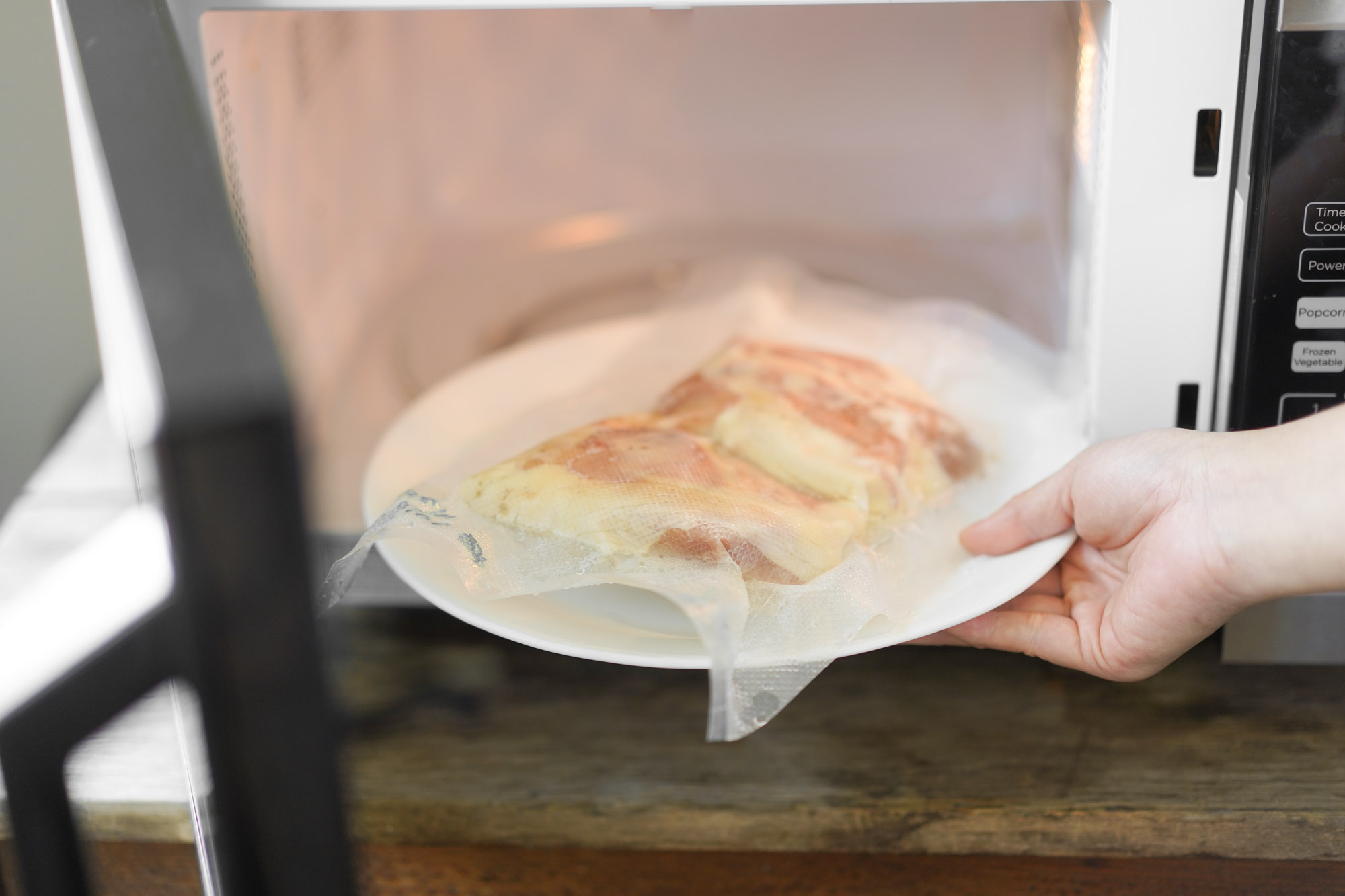
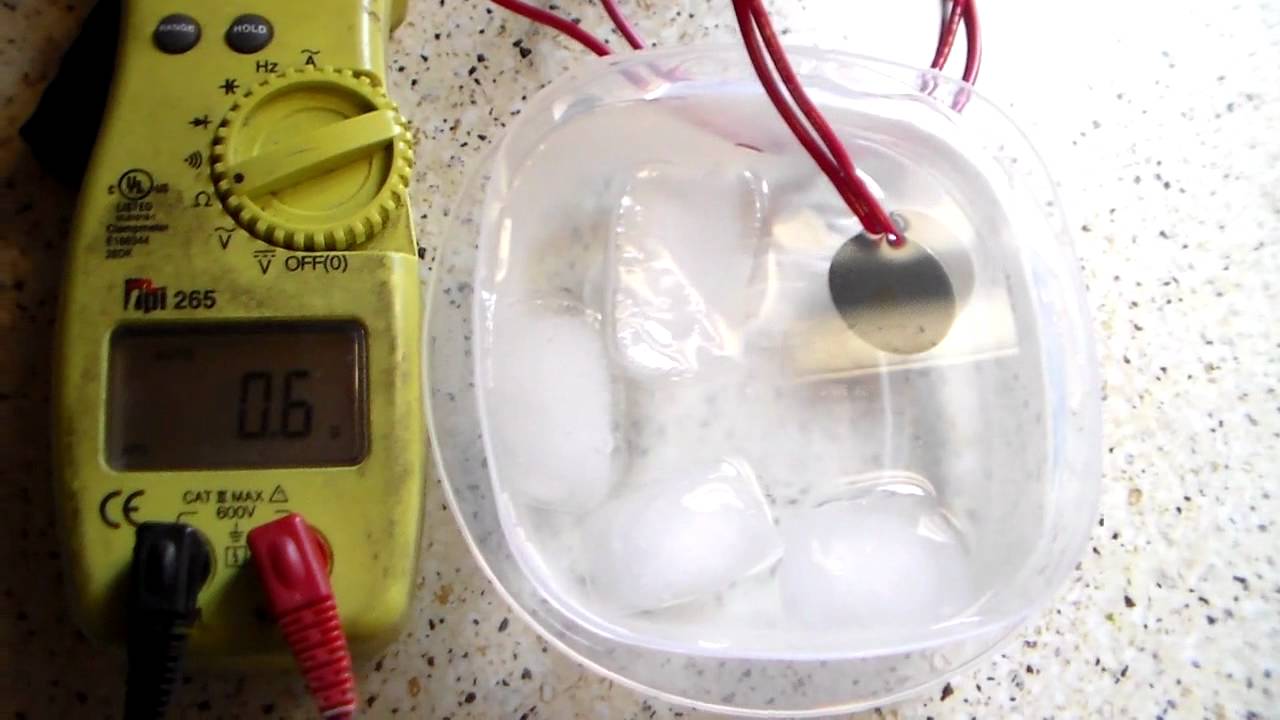

0 thoughts on “How To Quickly Defrost A Freezer”